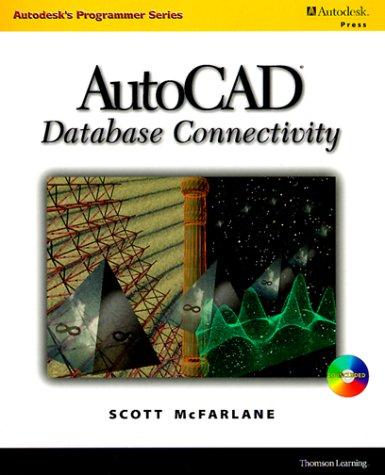Question
Part A: #include #include /* define data_t as int */ typedef int data_t; /* Create abstract data type for vector */ typedef struct { long
Part A:
#include
} /* * Find the greatest element (max) in a vector. * Return the index of the max value */ void get_max_element_opt(vec_ptr v, data_t *dest) { long max_index = 0; long i; long len; data_t max; data_t current; *dest = -1; /ot found yet get_vec_element(v, max_index, &max); len = vec_length(v); for (i = 1; i max) { max_index = i; max = current; } } *dest = max; }
PART B:
Let's stay with the get_max_element_opt() function from Part A. We include the get_vec_element() and get_max_element_opt() function for reference.
/* * Retrieve vector element and store at dest. * Return 0 (out of bounds) or 1 (successful) */ int get_vec_element(vec_ptr v, long index, data_t *dest) { if (index = v->len) return 0; *dest = v->data[index]; return 1; } /* Return length of vector */ long vec_length(vec_ptr v) { return v->len; } /* * Find the greatest element (max) in a vector. * Return the index of the max value */ void get_max_element_opt(vec_ptr v, data_t *dest) { long max_index = 0; long i; long len; data_t max; data_t current; *dest = -1; /ot found yet get_vec_element(v, max_index, &max); len = vec_length(v); for (i = 1; i max) { max_index = i; max = current; } } *dest = max; } PART C:
Let's revisit the code from Parts A and B one more time. We include the get_vec_element() and get_max_element_opt() function for reference.
/* * Retrieve vector element and store at dest. * Return 0 (out of bounds) or 1 (successful) */ int get_vec_element(vec_ptr v, long index, data_t *dest) { if (index = v->len) return 0; *dest = v->data[index]; return 1; } /* Return length of vector */ long vec_length(vec_ptr v) { return v->len; } /* * Find the greatest element (max) in a vector. * Return the index of the max value */ void get_max_element_opt(vec_ptr v, data_t *dest) { long max_index = 0; long i; long len; data_t max; data_t current; *dest = -1; /ot found yet get_vec_element(v, max_index, &max); len = vec_length(v); for (i = 1; i max) { max_index = i; max = current; } } *dest = max; } 
Step by Step Solution
There are 3 Steps involved in it
Step: 1

Get Instant Access to Expert-Tailored Solutions
See step-by-step solutions with expert insights and AI powered tools for academic success
Step: 2

Step: 3

Ace Your Homework with AI
Get the answers you need in no time with our AI-driven, step-by-step assistance
Get Started


